Dinosaur Footprints Discovered Across the Atlantic Ocean Reveal Prehistoric Supercontinent
Researchers have discovered over 260 dinosaur footprints on opposite sides of the Atlantic Ocean, in Brazil and Cameroon. These footprints are a stunning insight into a time when South America and Africa were part of a single landmass.
This finding provides a new window into the ancient world, shedding light on the prehistoric supercontinent known as Gondwana.
Footprints Separated by Thousands of Miles
The dinosaur tracks were found more than 3,700 miles (6,000 kilometers) apart, in the Borborema region of northeastern Brazil and the Koum Basin of northern Cameroon.
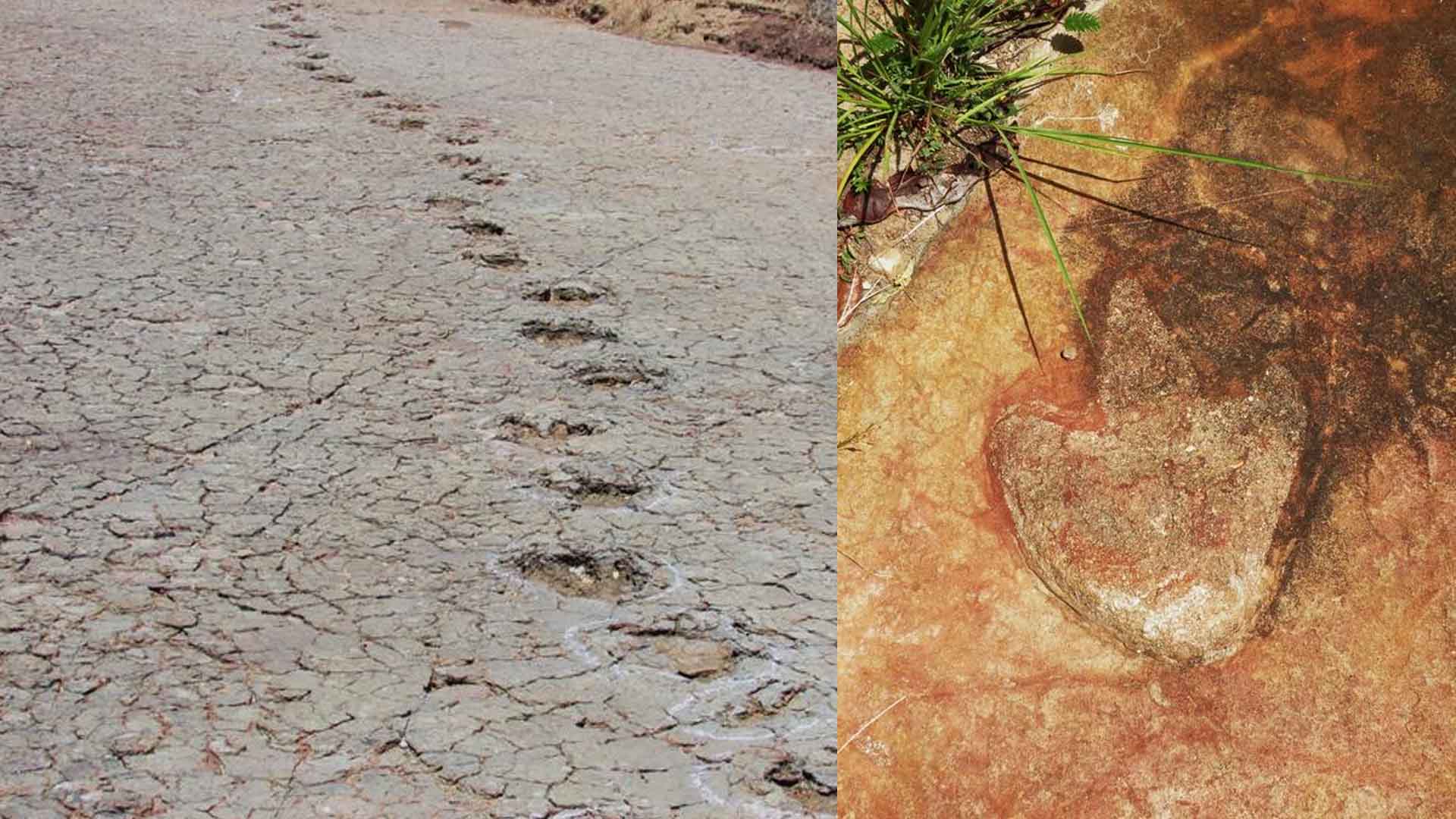
Source: Ismar de Souza Carvalho/Eurekalert
These footprints, made by various dinosaur species, suggest that the continents were once closely connected, allowing dinosaurs to roam freely across what is now a vast ocean.
The Supercontinent Gondwana
Around 140 million years ago, Gondwana was a supercontinent that included present-day South America, Africa, Antarctica, and Australia.
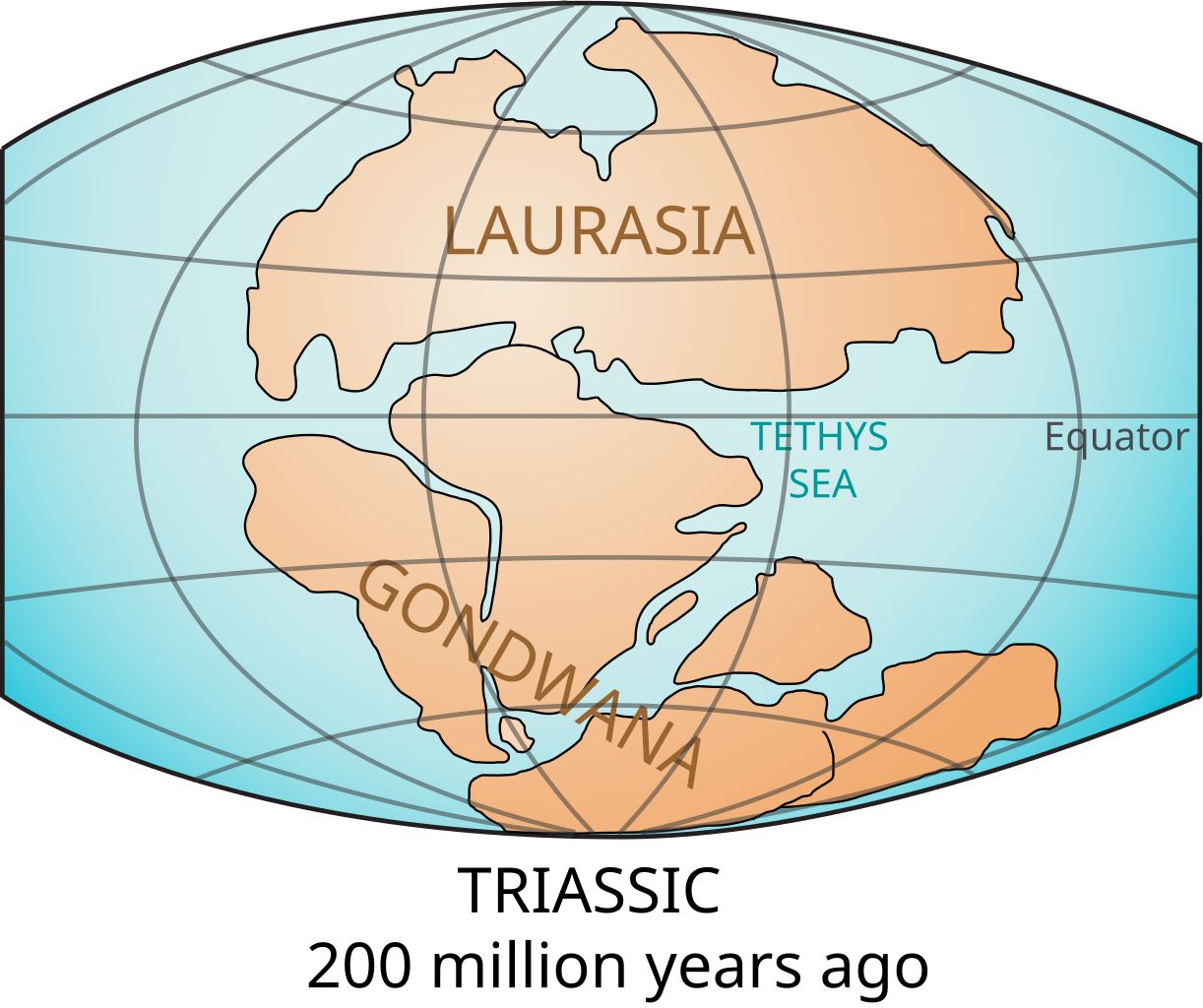
Source: Wikimedia
The discovery of matching footprints in Brazil and Cameroon indicates that these regions were once part of this giant landmass before tectonic shifts caused them to drift apart, creating the Atlantic Ocean.
Tracking Dinosaur Movements
The footprints, dating back 120 million years, were made by theropods—three-toed meat-eating dinosaurs—and possibly by sauropods and ornithischians.
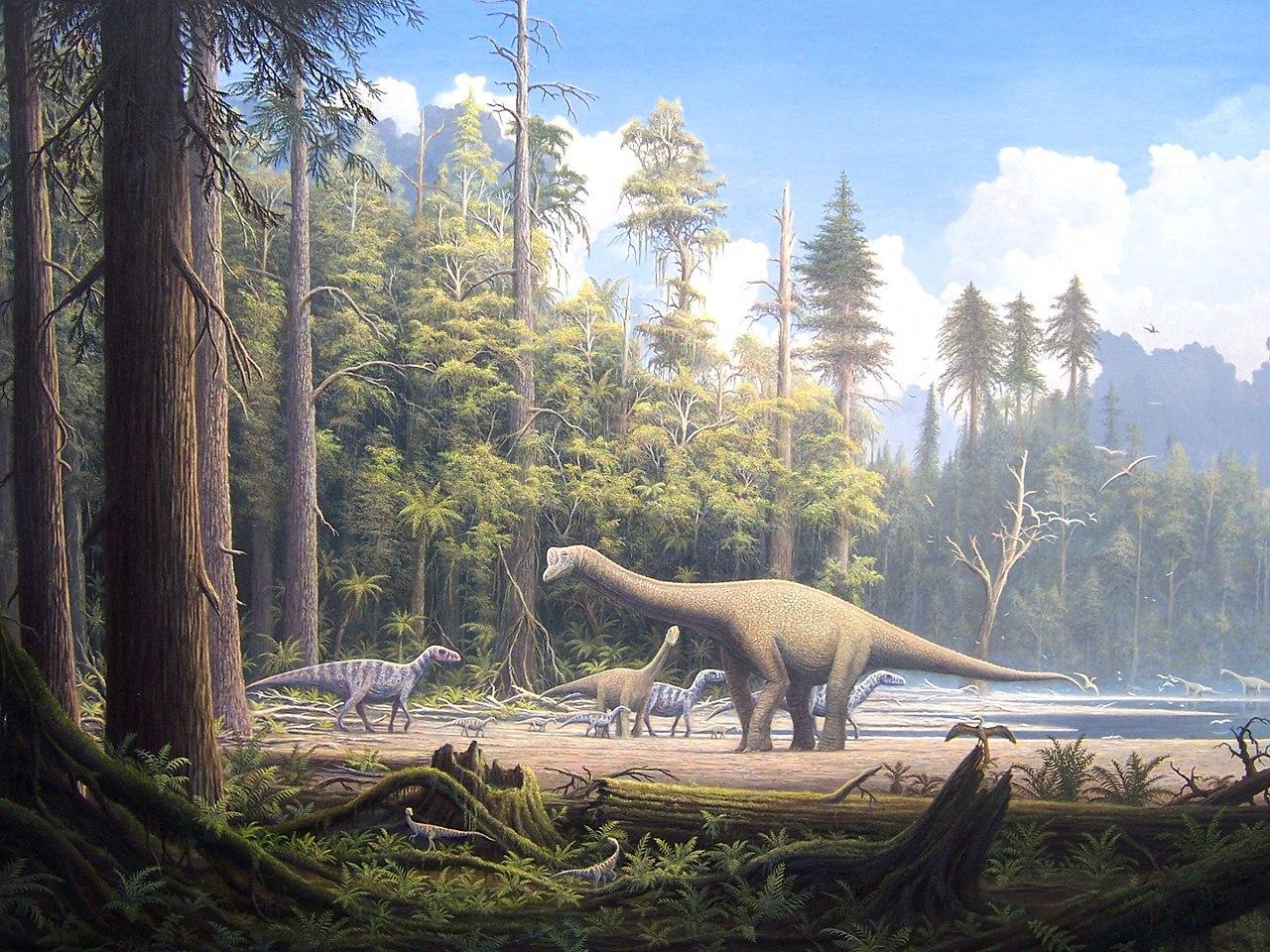
Source: Wikimedia
These tracks, preserved in ancient river and lake sediments, provide valuable clues about dinosaur behavior and migration patterns across Gondwana.
The Role of Ancient River Valleys
Louis L. Jacobs, the lead paleontologist from SMU, explained that ancient river valleys played a crucial role in dinosaur migration.
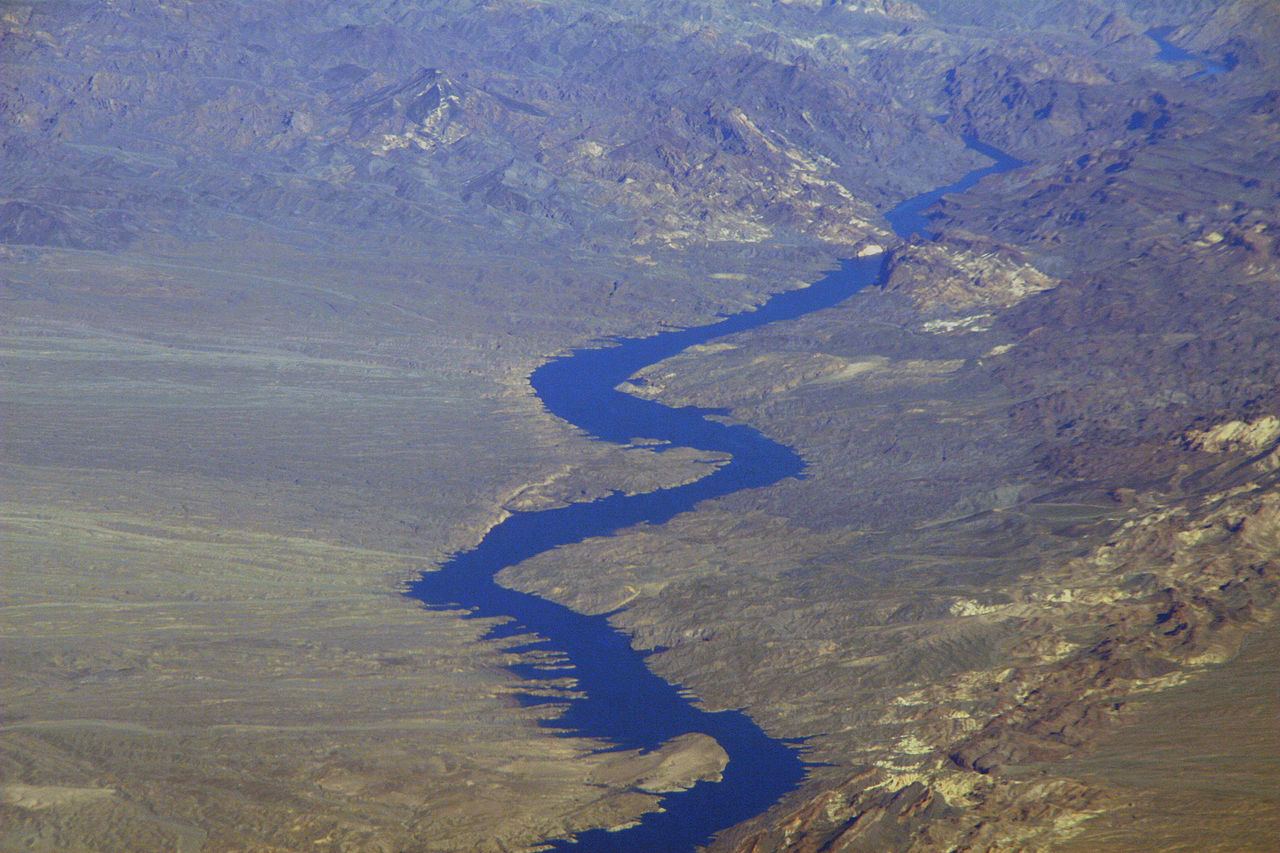
Source: Wikimedia
“Muddy sediments left by the rivers and lakes contain dinosaur footprints, including those of meat-eaters,” Jacobs said, suggesting that these water sources were vital corridors for life to travel between continents.
Evidence of Prehistoric Ecosystems
The sediments where the footprints were found also contain fossil pollen, pointing to a lush, thriving environment.
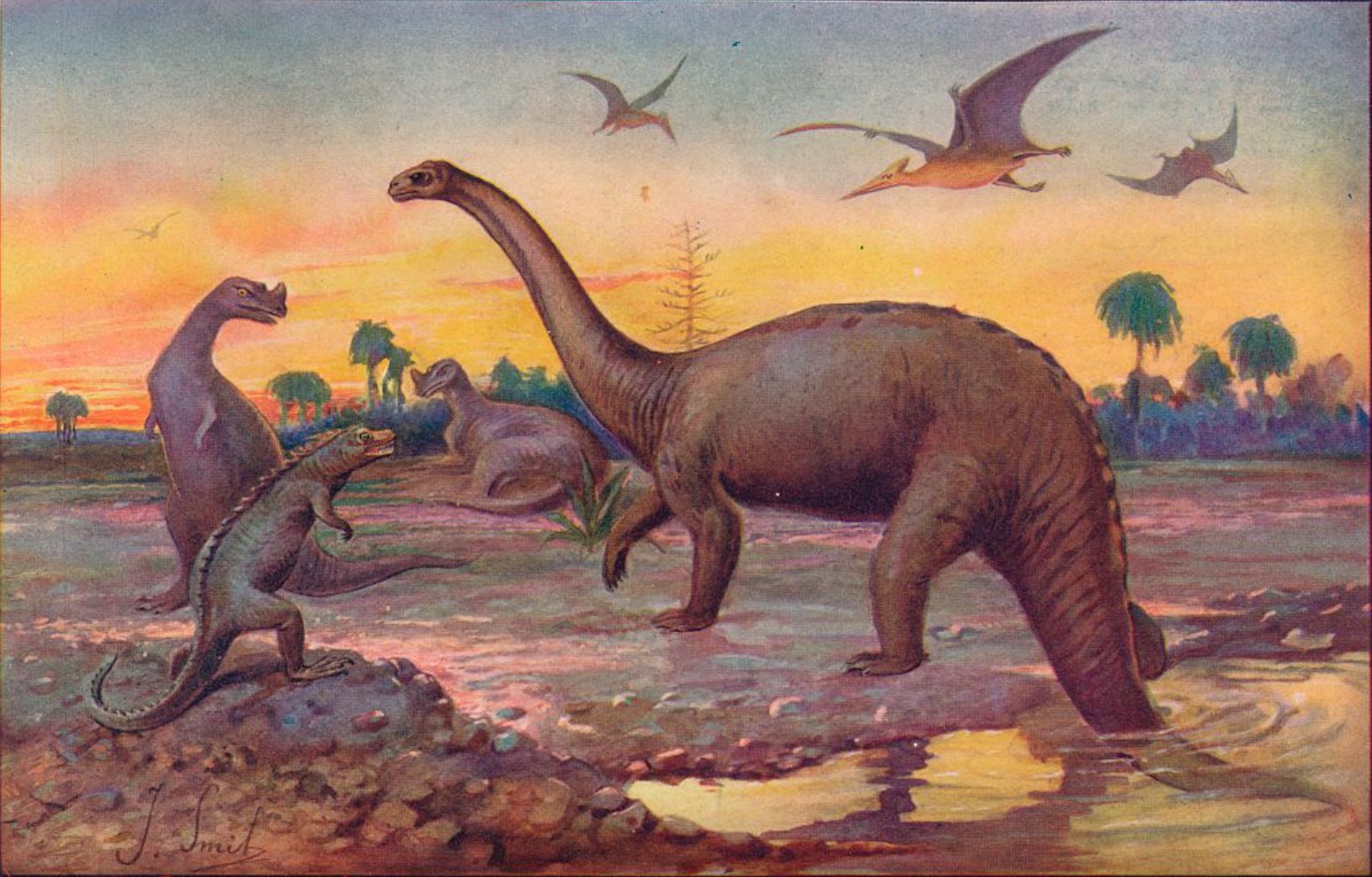
Source: The Print Collector/Getty Images
These ancient ecosystems supported a diverse food chain, from plants to herbivores and carnivores, highlighting a vibrant prehistoric world before the continents began to drift apart.
The Continental Drift and Formation of the Atlantic
The separation of South America and Africa began about 140 million years ago. As tectonic plates moved apart, magma from the Earth’s mantle rose, creating new oceanic crust.
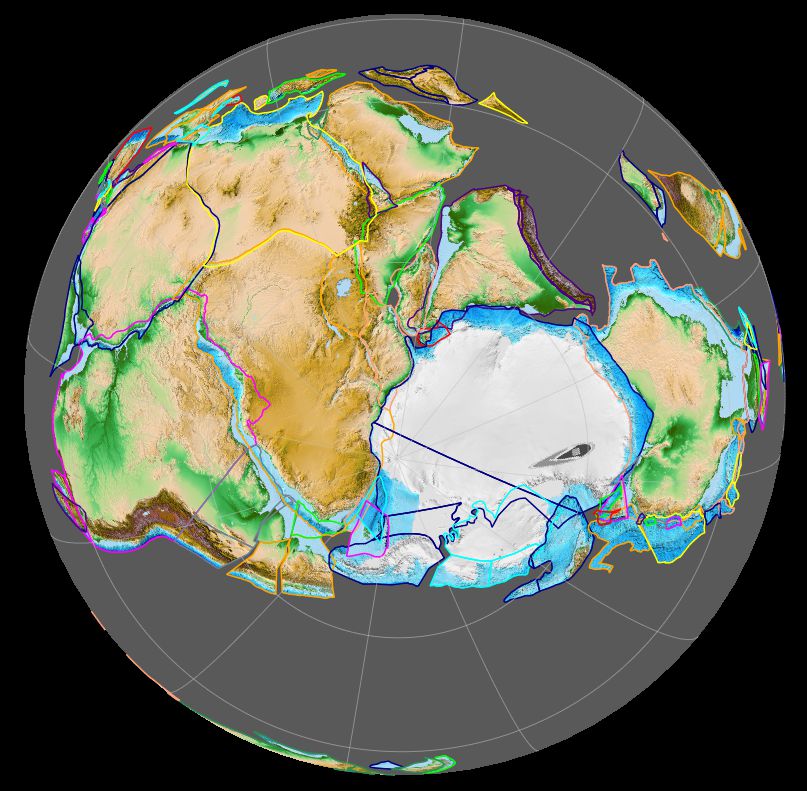
Source: Wikimedia
This process ultimately led to the formation of the South Atlantic Ocean, severing the once-continuous land bridge between the two continents.
Geological Clues in Half-Graben Basins
The dinosaur footprints were found in regions characterized by half-graben basins—geological formations created during the rifting process.

Source: Markus Spiske/Unsplash
These basins, found in both Brazil and Cameroon, contain ancient river and lake sediments, providing critical evidence of the significant geological events that occurred as Gondwana split apart.
A Tribute to Martin Lockley
The study was published as a tribute to the late paleontologist Martin Lockley, who dedicated much of his career to studying dinosaur tracks.

Kyle L. Atkins-Weltman, et al./Wikimedia Commons
His work has been instrumental in understanding the behavior, movement, and environment of dinosaurs through their preserved footprints.
Connecting Past and Present
The discovery of these footprints not only helps us understand dinosaur behavior but also offers insights into Earth’s geological past.

Source: Trnava Universty/Unsplash
By studying these ancient tracks, scientists can reconstruct the prehistoric landscapes and environments that existed before the continents drifted apart.
Implications for Future Research
The findings also open up new possibilities for paleontologists.
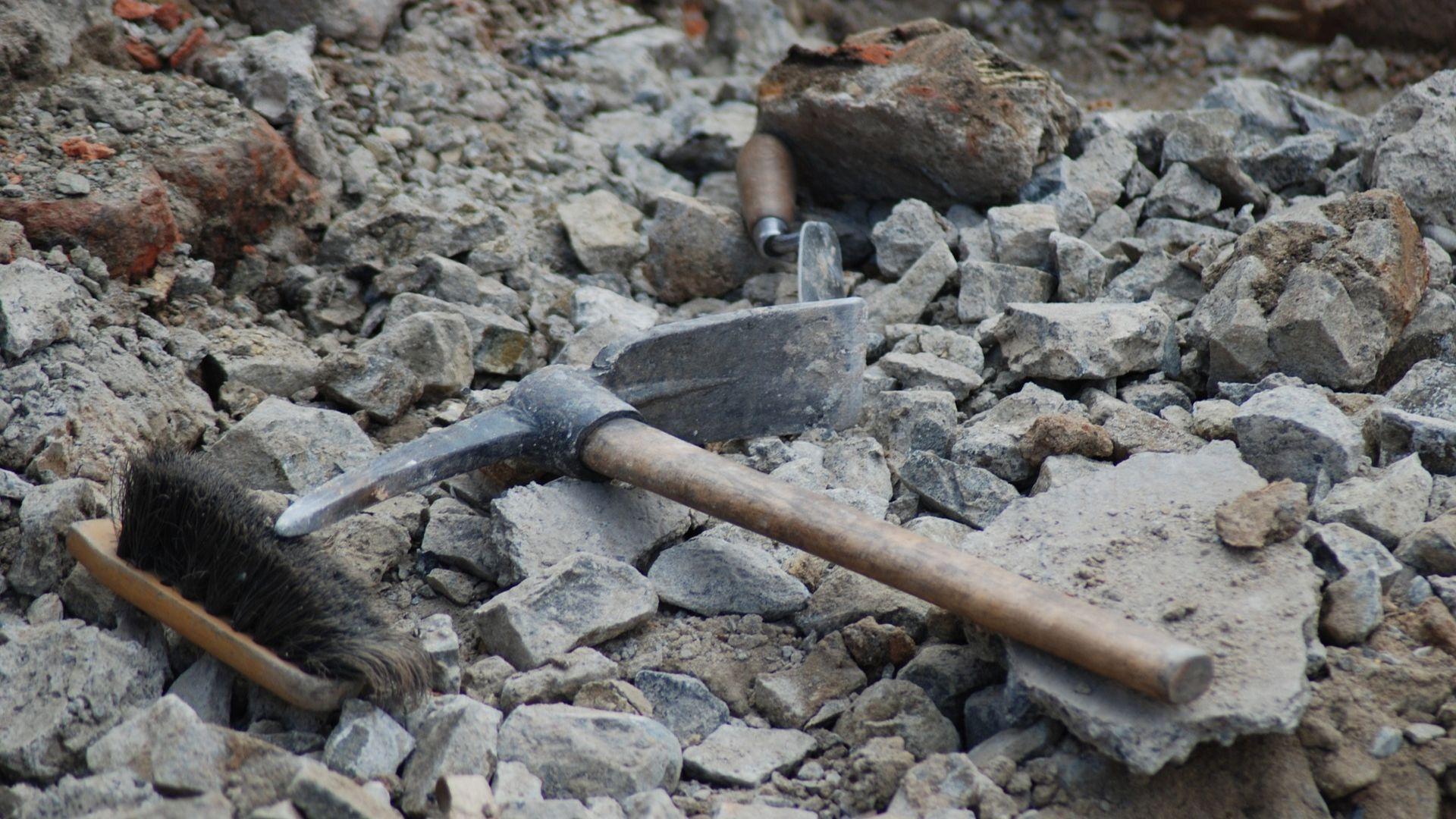
Source: Jumbuk73/Pixabay
Further research could uncover more about the types of dinosaurs that lived on Gondwana, their migration patterns, and how the breakup of the supercontinent impacted their evolution and extinction.
Uncovering Earth’s Hidden History
This discovery is a reminder of the ever-changing nature of our planet.
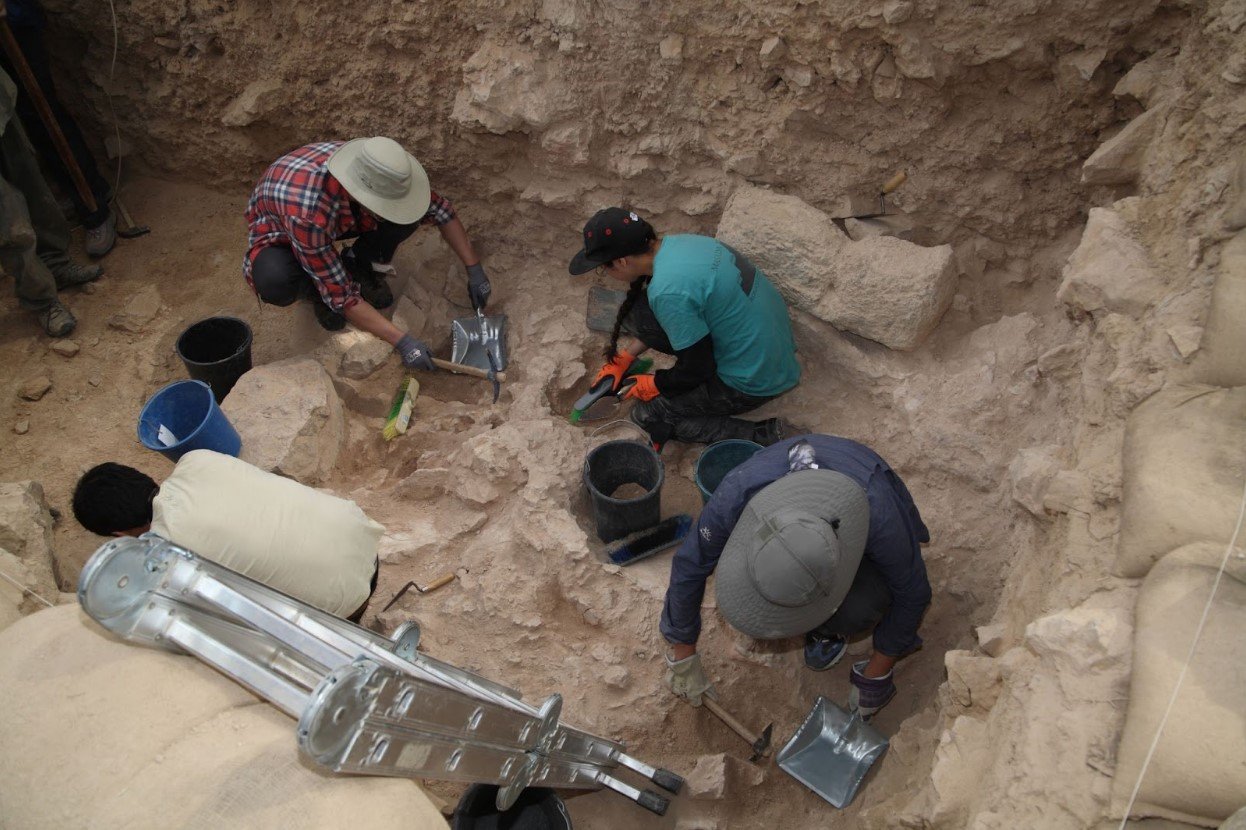
Source: Dan Porges/Getty Images
As scientists continue to uncover clues from Earth’s deep past, we gain a greater appreciation for the dynamic processes that have shaped our world—and the life that has thrived on it over millions of years.
